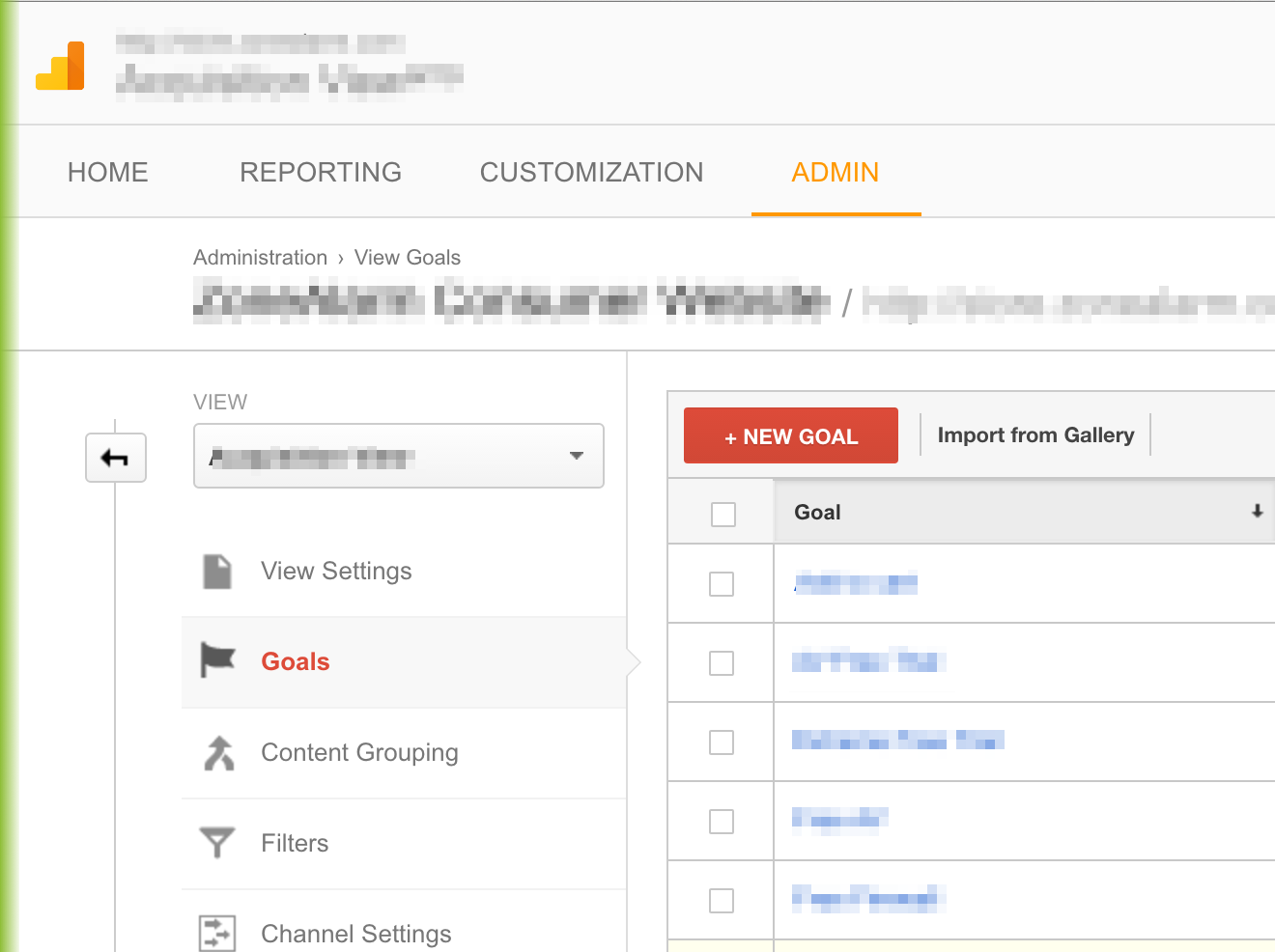Unveiling the Blind Spots: Understanding What Google Analytics Goals Can not Determine
In the realm of electronic analytics, Google Analytics stands as an effective tool for monitoring and evaluating on-line individual interactions. Nonetheless, amidst its robust capacities, there exist dead spots that frequently avert measurement. Understanding what Google Analytics objectives can not gauge is important for acquiring a thorough sight of user habits and engagement. As we look into the ins and outs of these dead spots, we uncover an intricate web of uncharted regions that hold important understandings into user actions and motivations, difficult conventional knowledge and clarifying the limitations of our data-driven understanding.
Customer Actions on External Operatings Systems
Comprehending just how users connect on exterior systems is crucial for maximizing online techniques. External platforms, such as social media networks, referral web sites, and online discussion forums, play a substantial duty in driving traffic to a company's web site. By examining customer behavior on these platforms, services can obtain valuable understandings into the effectiveness of their advertising and marketing initiatives and the choices of their target audience.
One trick aspect of individual habits on outside systems is the reference source. By tracking where the individuals are coming from, companies can recognize which platforms are driving the most traffic to their web site. This information can assist business allot their resources a lot more successfully, concentrating on the systems that generate the very best outcomes.

Offline Conversions and Communications
Analyzing customer habits on external systems provides valuable insights right into online approaches; nonetheless, taking into consideration offline conversions and communications is just as crucial for a detailed understanding of a business's overall performance. While Google Analytics stands out at tracking on-line interactions, it drops brief in catching the total client trip that commonly includes offline touchpoints. Offline conversions, such as in-store acquisitions or phone queries, play a significant role in lots of organizations' success. Neglecting these interactions can lead to a distorted sight of the effectiveness of advertising and marketing projects and overall organization efficiency.

Acknowledgment Beyond Last Click
When diving into the realm of digital advertising analytics, it comes to be necessary to look beyond the single touchpoint of the last click for a more comprehensive understanding of attribution. While Google Analytics supplies valuable understandings into customer habits, depending exclusively on last-click attribution can be limiting - what data is google analytics goals unable to track. Acknowledgment designs that exceed the imp source last click offer a more nuanced sight of the consumer trip, taking into account all the touchpoints that lead to a conversion
Acknowledgment past the last click allows marketers to assign credit scores to various communications along the conversion path, offering a clearer photo of the effectiveness of various advertising channels. By exploring multi-touch acknowledgment designs such as straight, time degeneration, or position-based attribution, companies can better allocate their advertising budgets and enhance their techniques for optimal influence.
Recognizing the impact of each touchpoint in the conversion process is crucial for making informed choices and making best use of ROI. By embracing acknowledgment beyond the last click, businesses can acquire much deeper insights right into consumer actions and customize their advertising and marketing efforts extra efficiently.
Cross-Device and Cross-Browser Monitoring

Likewise, cross-browser monitoring enhances cross-device monitoring by recording customer habits as they switch over between various internet internet browsers. Recognizing exactly how customers interact with websites on various internet browsers can assist marketing professionals optimize their online experiences to make certain consistency and functionality throughout various systems.
Qualitative Data and Individual Intent
Understanding individual intent through qualitative data evaluation is crucial for establishing targeted electronic marketing methods that reverberate with the needs and choices of the target audience. Qualitative information provides understandings right into the 'why' behind user activities, dropping light on inspirations, emotions, and choices that measurable data alone can not capture. By assessing individual comments, comments, and interactions, marketing professionals can reveal beneficial information regarding user intent, enabling them to tailor their messaging, web content, and offerings to better line up with what their audience is seeking.
Qualitative information likewise aids in recognizing the context in which customers engage with a website or application. This contextual understanding allows marketers to create more pertinent and individualized experiences, eventually driving greater engagement and conversion prices. By diving into customer intent through qualitative information evaluation, services can get a have a peek at this site deeper understanding of their target audience, leading to extra effective advertising and marketing techniques that meet users' expectations and requirements.
Conclusion
In verdict, Google Analytics goals have limitations in measuring user actions on outside systems, offline conversions, acknowledgment past last click, cross-browser and cross-device tracking, and qualitative data connected to customer that site intent. what data is google analytics goals unable to track. It is necessary for businesses to be knowledgeable about these dead spots in order to supplement their information analysis with various other tools and techniques to obtain a more comprehensive understanding of their audience and improve their overall digital advertising strategies
By assessing individual habits on these platforms, companies can gain useful insights into the efficiency of their advertising efforts and the choices of their target audience.
Examining individual actions on external systems supplies valuable understandings into on the internet strategies; nonetheless, considering offline conversions and interactions is similarly necessary for a thorough understanding of a company's overall performance.In digital marketing analytics, moving beyond last-click attribution to check out cross-device and cross-browser monitoring is crucial for acquiring an alternative understanding of customer interactions across various platforms and gadgets. By assessing individual comments, comments, and communications, marketing professionals can reveal valuable info regarding user intent, enabling them to customize their messaging, material, and offerings to better align with what their target market is looking for.
By diving right into customer intent through qualitative data evaluation, companies can gain a deeper understanding of their target audience, leading to more efficient advertising techniques that meet users' demands and expectations.